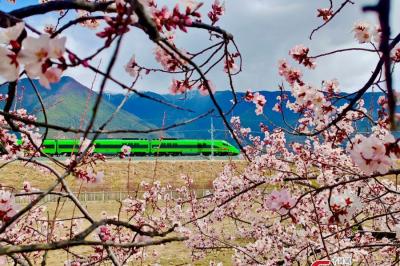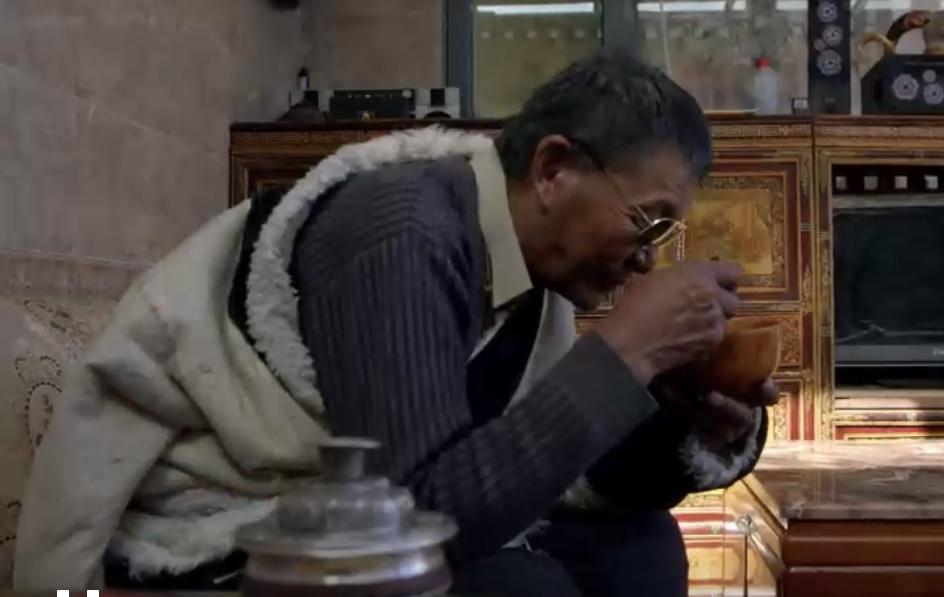 A video screenshot shows an image of Pema in his home in Lhokha, Xizang autonomous region. [Photo provided to chinadaily.com.cn] Dec. 6, 2023 -- A Tibetan herder in the Xizang autonomous region has relocated three times in the past four decades in search of a suitable place that can provide a better livelihood for him and his family.
Originally residing in Shanza county, with an average altitude of 4,600 meters, the herder — named Pema — first moved to Kartso township in Tsonyi county during the 1970s, when he was a young man.
The relocation was prompted by the pressing need to balance grazing and livestock. The local government encouraged Pema and his fellow residents to take their animals and to move to a nearby county with more land.
With an average altitude of 5,000 meters, thin air, cold temperatures and remote locations, that second home in Kartso township proved to be a challenge. It served as a sanctuary for wildlife, such as wild yaks, Tibetan antelopes and other rare species.
As residents' demand for material goods grew, the livestock feeding problem became increasingly prominent. To address the ecological and developmental dilemma, improve living conditions and establish a robust national ecological security barrier, the regional government initiated a relocation effort in 2018.
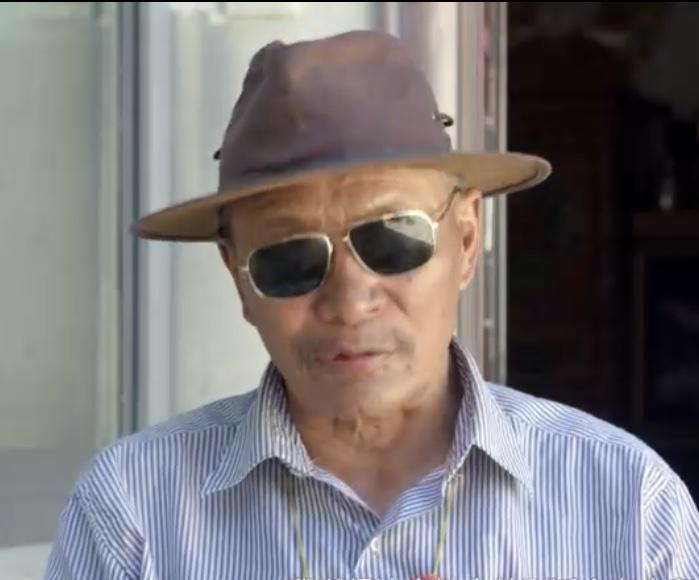 A video screenshot shows an image of Pema in his home in Lhokha, Xizang autonomous region. [Photo provided to chinadaily.com.cn]
Approximately 30,000 individuals from the high-altitude counties of Tsonyi, Amdo and Nyima in Nagchu city were urged to relocate to a site at lower altitude — Lhoka city.
Despite being in his 60s, Pema enthusiastically answered the call and mobilized his fellow villagers for relocation. His heart was full of joy, trust and gratitude toward the government.
The current resettlement site, where Pema and his neighbors live, is situated approximately 10 kilometers from the Lhasa airport. The newly constructed Tibetan-style residential community provides hospitals, schools, and agricultural markets.
"I am fond of this new resettlement, especially its comfort during winter," said Pema, emphasizing that the new location is better for children and the elderly.
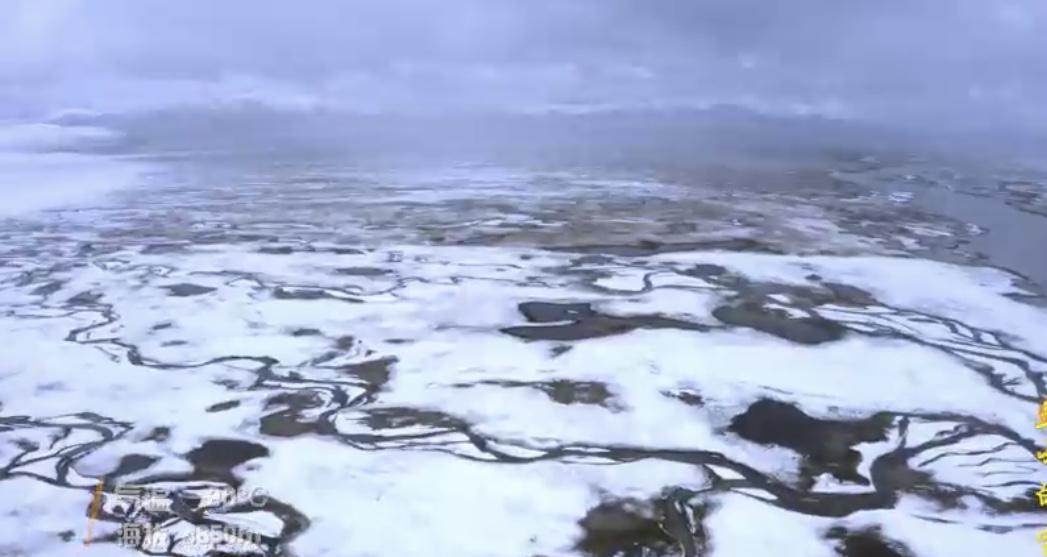 A video screenshot shows Pema's living environment in the 1970s. [Photo provided to chinadaily.com.cn] 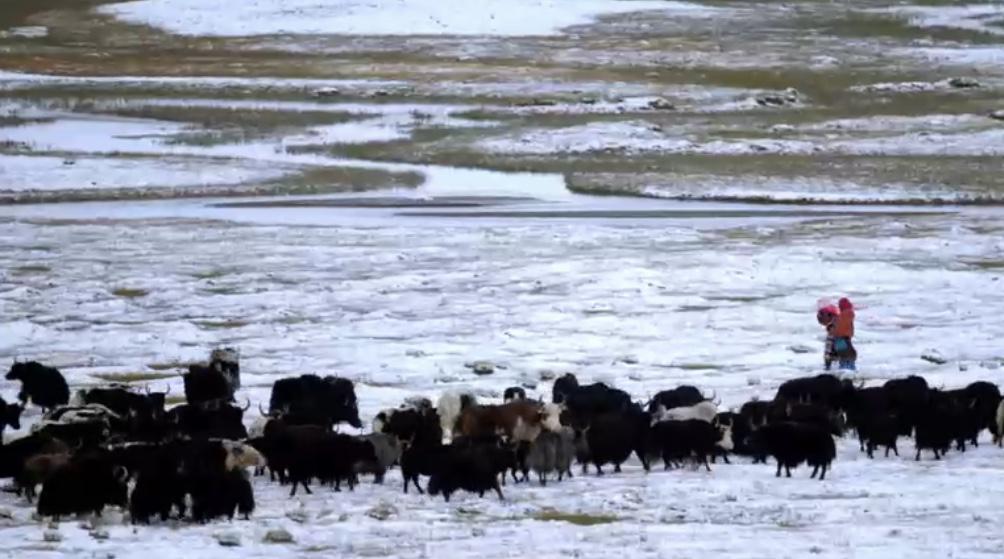 A video screenshot shows Pema's living environment in the 1970s. [Photo provided to chinadaily.com.cn]
 A video screenshot shows Pema's living environment since the second relocation in Tsonyi county of the Xizang autonomous region. [Photo provided to chinadaily.com.cn]
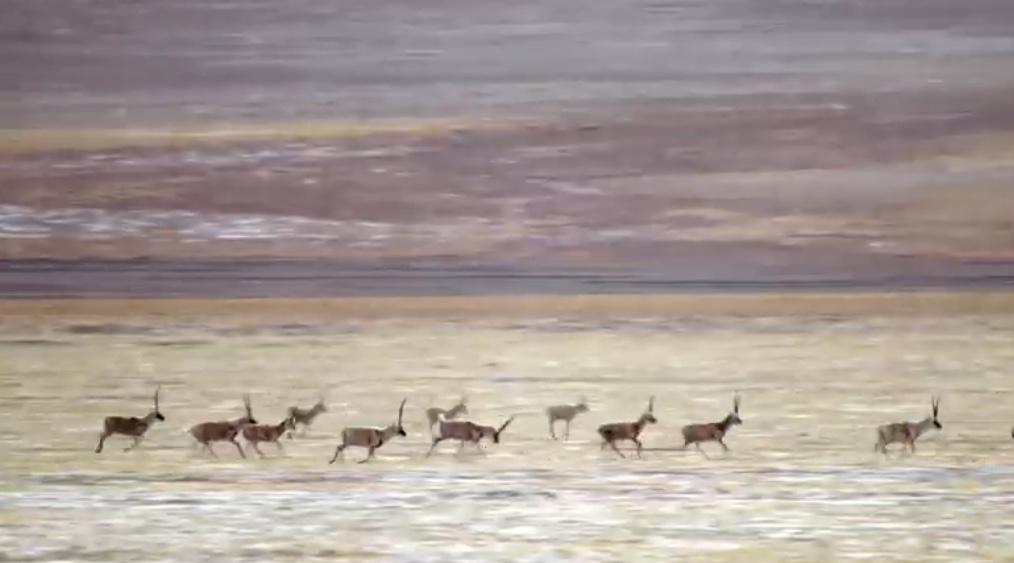 A video screenshot shows Pema's living environment since the second relocation in Tsonyi county of the Xizang autonomous region. [Photo provided to chinadaily.com.cn]
By: Palden Nyima and Daqiong in Lhasa
|
- Home
- News Tibet |Exclusive |China |World |Related News |Latest
- Documents White Papers |Others
- Photo Politics |Economy & Society |Culture & Religion |Human & Nature |Beautiful Tibet |Other Tibetan-Inhabited Area |Exchanges |Related
- Video News |Documentary |Micro-Video |Entertainment
- Art
- Tourism
- In Focus
- About Tibet



